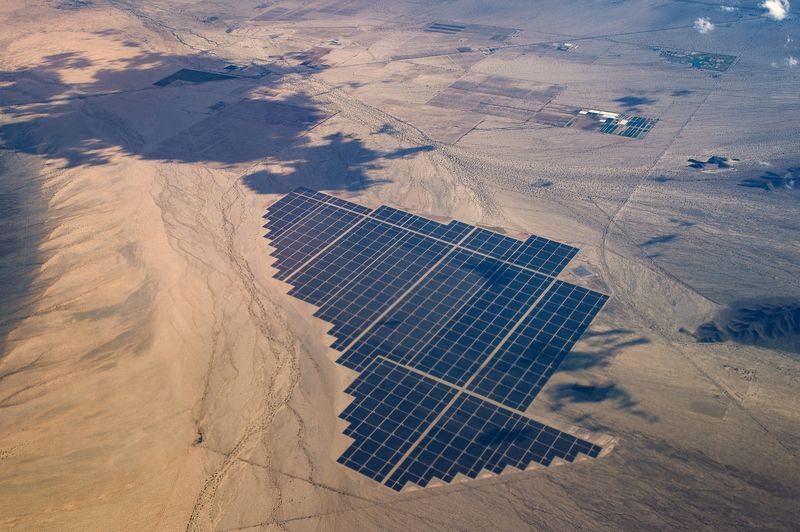NextEra sells first hybrid Kangaroo

NextEra Energy rode the Australian corporate hybrid wave last week with the first Kangaroo transaction, providing a benchmark for other potential overseas issuers.
The world’s largest electric utility holding company by market capitalisation comfortably raised A$775m (US$505m) from an inaugural dual-tranche 30-year non-call five sale on the back of strong demand from yield-hungry Australian real money accounts.
A A$300m floating-rate note tranche cleared well inside initial 265bp–270bp guidance at three-month BBSW plus 250bp while a A$475m 6.043% fixed to floating-rate note tranche came 250bp wide of asset swaps.
The transaction was priced close to the issuer’s domestic US dollar curve, according to a DCM manager on the trade, an outcome that can only encourage similar offerings.
He did not expect a glut of foreign supply, however, noting that the deep and well-established US dollar and euro markets were more than sufficient to meet most offshore companies’ hybrid requirements.
The participating DCM manager identified NextEra’s huge debt stack as a primary reason for diversification and explained the timing of the deal.
“NextEra has been in regular contact with Australian dollar investors on a non-deal basis with the increased depth of the hybrid market, and hence greater size and execution certainty, plus a favourable cross-currency basis swap making a transaction now sensible,” he said.
“The issuer was impressed by the broader and more granular investor base since its senior Kangaroo bond sale as it looks to become a regular issuer, depending on relative pricing dynamics, and build curves in senior and hybrid formats.”
Florida-headquartered NextEra previously accessed the senior Kangaroo market in December 2019 with an inaugural A$500m seven-year green bond issue that matures next year.
Final orders for the hybrid deal totalled a solid though not spectacular A$1.46bn, with over A$580m for the FRNs and more than A$880m for the fixed to floater tranche.
This is well down on recent local hybrids, including A$4.8bn and A$7bn books for the AusNet A$950m and Transgrid A$1.4bn hybrid trades in February and March.
Aurizon drew A$2.3bn of orders for a A$500m print on May 8, before Melbourne Airport captured a A$4.1bn final book for its A$1bn dual-tranche deal on June 5.
“Take a step back and this is a very good result from a new offshore name that cannot hope to attract the level of interest that well-known Australian utilities generate,” said a banker away from the trade.
“What it does confirm is that even after a run of benchmark issues, the Australian hybrid market continues to deliver strong results, proving it to be a dependable, viable funding alternative.”
Ratings boost
While funds and middle markets have driven the demand side, fanned by the closure of the bank AT1 market, hybrid supply has been boosted by changes in ratings agencies’ methodologies.
“Because of the deferability of interest payments and maturities with hybrid notes, both Moody’s and S&P now treat these instruments as 50% equity credit and 50% debt,” explained the banker away from the deal.
“This gives more balance sheet headroom to issuers who increasingly identify hybrids as cheap equity rather than expensive debt.”
Thanks to these supply and demand dynamics, hybrids make up over one-third of this year’s Australian dollar corporate supply with A$5.275bn of issuance versus around A$10bn in the senior space. A few years ago, the corporate hybrid market barely existed.
Despite this extraordinary growth, soaring investor appetite has driven down the subordinated to senior corporate note spread ratio to around 1:5–1:6 compared with over two times historically, a level some investors warn has become too tight.
Australians were allocated 81% of the NextEra Kangaroo floaters, Asia 16%, EMEA 2% and others 2%, to the nearest percentage point. Asset managers bought 70%, middle markets 20%, banks 5% and others 5%.
For the fixed to floater tranche, Australians received 88%, Asia 12% and EMEA 1%, to the nearest percentage point. Asset managers took 83%, middle markets 11% and others 6%.
ANZ, Bank of America, MUFG and NAB were joint lead managers for the transaction, which is expected to be rated Baa2/BBB/BBB versus the issuer's senior Baa1/A–/A– rankings.





